Some people might wonder why I am writing a blog post about the South Thailand Insurgency. It is well known that this Islamic insurgency took place in 2004 and had experienced its peak in 2007. It may seem like an outdated conflict that had dissipated throughout the years, but it is in fact still an ongoing conflict. Drive through shootings, bombings, and other attacks on civilians and military personnel are still persistent in this region.
Before I jump into analyzing the current conflict, I will first give you an overview of the insurgency. Although the start 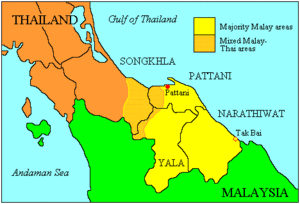 date of the insurgency took place in 2004, the conflict was present in Thailand since its early days as an independent state. The southern part of Thailand, which is known as the Pattani region, was annexed in 1906. This region, touching the borders of Malaysia, is majorly inhabited with Malay Muslims who learned the national language of Thailand and were given Thai names. According to the International Crisis Group study reported in 2008, the Malay Muslims who have been living in a Buddhist majority country accumulated a profound sense of alienation. Since then, the tensions between Thai Buddhists and Malay Muslims started to increase, resulting in attacks and insurgencies led by the Malay Muslims. Many of these attacks have been in the forms of shooting, bombing and decapitating people. Over 5,000 people have been killed since the beginning of the conflict and people are still being killed today.
date of the insurgency took place in 2004, the conflict was present in Thailand since its early days as an independent state. The southern part of Thailand, which is known as the Pattani region, was annexed in 1906. This region, touching the borders of Malaysia, is majorly inhabited with Malay Muslims who learned the national language of Thailand and were given Thai names. According to the International Crisis Group study reported in 2008, the Malay Muslims who have been living in a Buddhist majority country accumulated a profound sense of alienation. Since then, the tensions between Thai Buddhists and Malay Muslims started to increase, resulting in attacks and insurgencies led by the Malay Muslims. Many of these attacks have been in the forms of shooting, bombing and decapitating people. Over 5,000 people have been killed since the beginning of the conflict and people are still being killed today.
Until recently, these insurgent groups were only targeting Buddhists, but reports have shown that they are now targeting anyone that is in Southern Thailand.. Their former intentions were to seek recognition and representation of their ethnic group, but now the intentions are blurred. The insurgency group is very secretive of their operations that even some parents do not know that their children are part of the group. This has complicated the intentions of the insurgency group and have left many officials perplexed on how to reconcile the issue.
Many steps have taken place by the governments to resolve this conflict throughout the past. A hand full of development and social programs have been initiated to show that that the 80% of the Malay Muslims that live in the southern region are an essential part of the state. These programs have cost Thailand over $7 billion but, insurgent groups have overlooked such propositions and are still continuing their course. With the help by the Malaysian government, this spring the Thai government and one of the largest insurgent group, Barisan Revolusi Nasional, engaged in a mediated peace talk, but violence grew as other insurgent groups felt anger as the BRN was not a representation of all insurgent groups.
As seen above, it is pretty clear that this ethnic or religious separatist insurgency is very deep rooted and complicated. The Thai government has spent a large amount of money to help solve the problem, but nothing has worked. Then what can be done to end this almost one decade long conflict? Continue reading

 and displacing thousands of Muslims in Burma. The conflict has been amplifying and is currently
and displacing thousands of Muslims in Burma. The conflict has been amplifying and is currently  although they had discussed humanitarian and human rights issues, I sensed a little tone of appraisal for President Thein even though he has not delivered sworn changes. The public knows what has and is going on in Burma, I think the Prime Minister should put more pressure on the Burmese government to ensure political and economic progress.
although they had discussed humanitarian and human rights issues, I sensed a little tone of appraisal for President Thein even though he has not delivered sworn changes. The public knows what has and is going on in Burma, I think the Prime Minister should put more pressure on the Burmese government to ensure political and economic progress. currently living abroad worldwide, compared to just
currently living abroad worldwide, compared to just  have a better chance at finding success. Developing countries suffer as a result, while developed countries benefit from fresh talent and skilled workers. Brain drain does not only affect developing countries, though. Just a few days ago, for instance, I
have a better chance at finding success. Developing countries suffer as a result, while developed countries benefit from fresh talent and skilled workers. Brain drain does not only affect developing countries, though. Just a few days ago, for instance, I 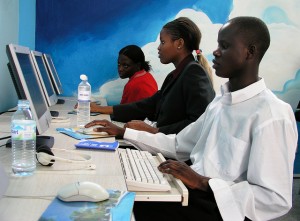 the power behind technology and used it for education? Recently in South Africa and Uganda, several different organizations have been
the power behind technology and used it for education? Recently in South Africa and Uganda, several different organizations have been 

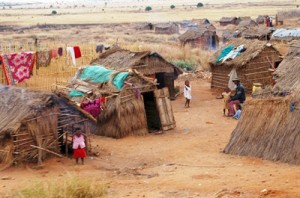

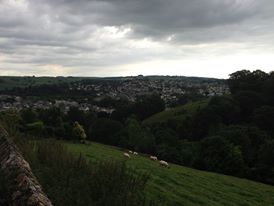 However, the thing I have found the most interesting was our study tour of a town called Totnes in England.
However, the thing I have found the most interesting was our study tour of a town called Totnes in England. local produce. In many ways it was a chain that kept everything within the community. They even have “
local produce. In many ways it was a chain that kept everything within the community. They even have “ talked. I listened. And finally said, “Here’s my thing. It just seems that people who support gentrification believe that it is good for everyone but a lot of previous residents are displaced by this system. They are bought out of their homes and have to move elsewhere, where the conditions are the same or worse.” So is this system really helping everyone or
talked. I listened. And finally said, “Here’s my thing. It just seems that people who support gentrification believe that it is good for everyone but a lot of previous residents are displaced by this system. They are bought out of their homes and have to move elsewhere, where the conditions are the same or worse.” So is this system really helping everyone or 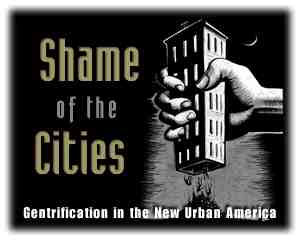 But it would seem that with all this recent refurbishment, renovation and all the jobs created in the process, there would be improvement in the poverty rate in cities with rapid gentrification.
But it would seem that with all this recent refurbishment, renovation and all the jobs created in the process, there would be improvement in the poverty rate in cities with rapid gentrification. 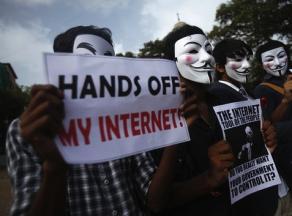 world.
world.  nature of the state that enables them to drop such charges on people that are merely just stating their opinions.These countries in broad terms are realist states in which their actions are driven by the self-interest of the leader, not the people.
nature of the state that enables them to drop such charges on people that are merely just stating their opinions.These countries in broad terms are realist states in which their actions are driven by the self-interest of the leader, not the people.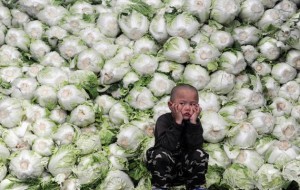 to find out that even money cannot buy safety.
to find out that even money cannot buy safety.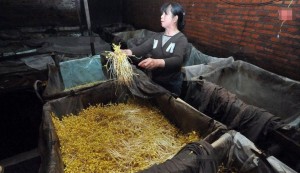 even concealed by the government. Later on, when 16 infants, who had been fed on milk powder produced by Shijiazhuang-based
even concealed by the government. Later on, when 16 infants, who had been fed on milk powder produced by Shijiazhuang-based 
